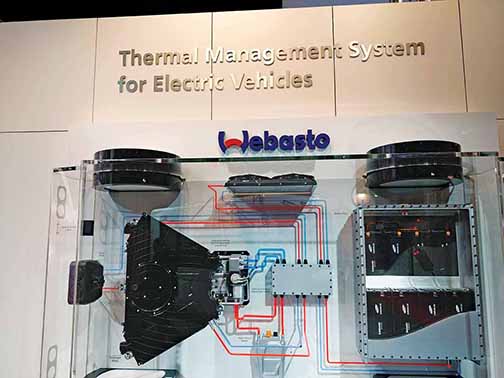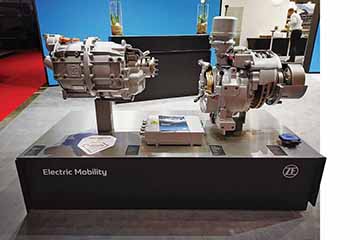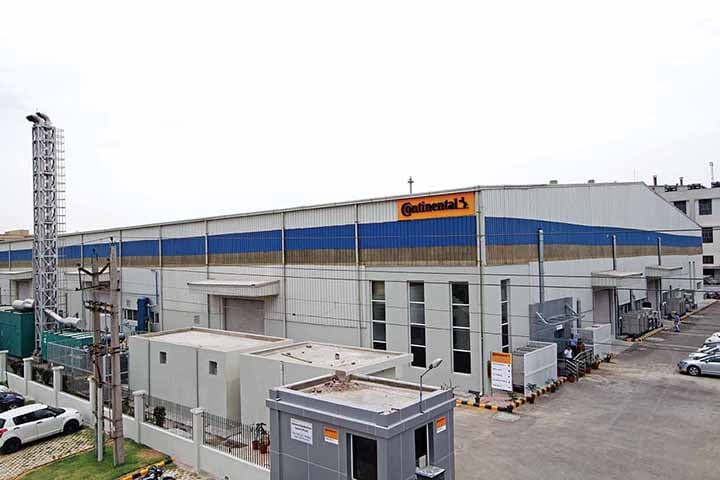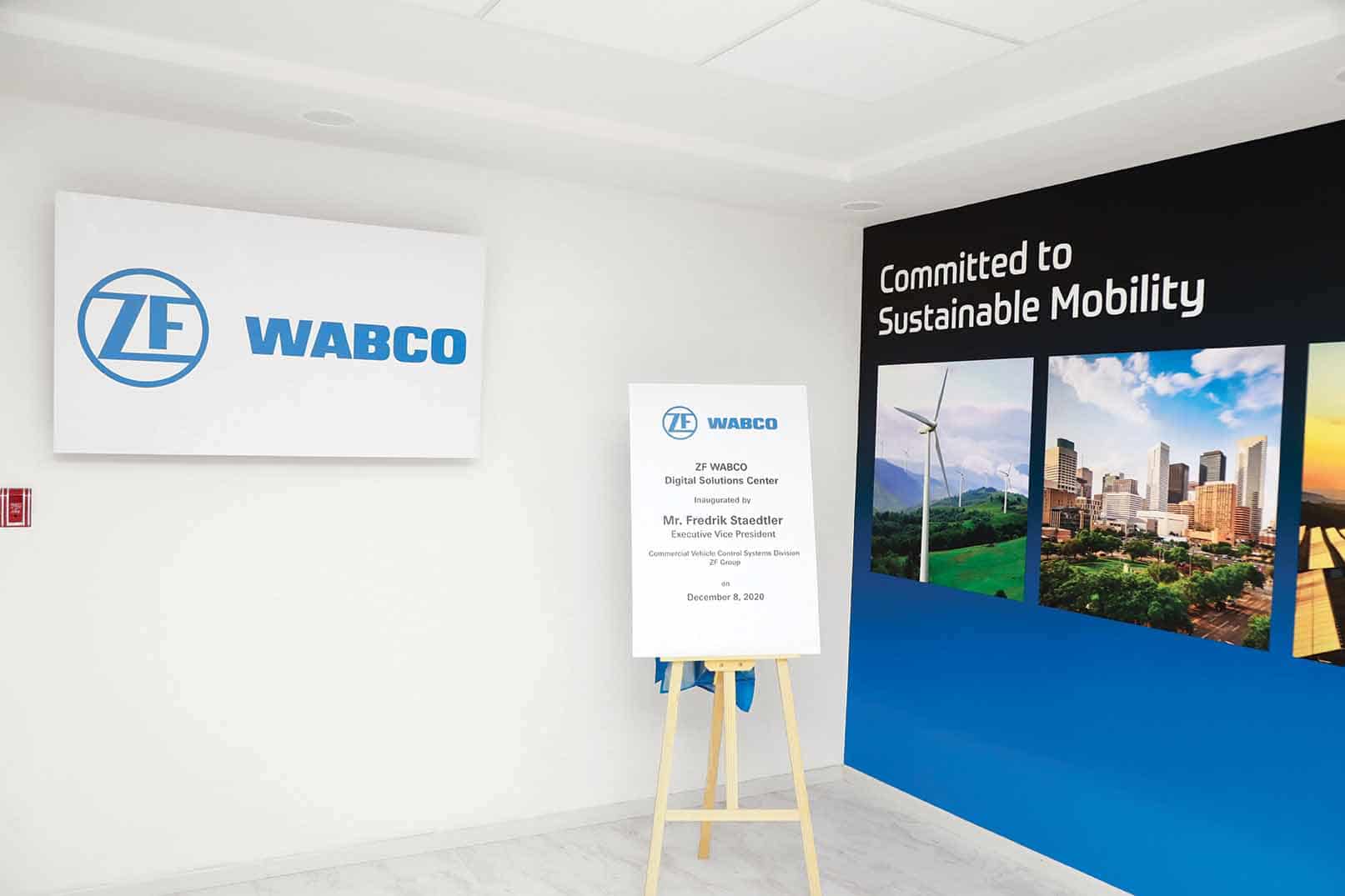How persevering to ramp up electric mobility could be a catalyst for post-Covid recovery.
Story by: Suvojoy Sengupta and Brajesh Chhibber

Brajesh Chhibber, Partner and a leader of the Automotive Practice in the Delhi office of McKinsey & Company
India’s extended Covid-19 lockdown has slowed down the economy, and recovery could take time. As the government chalks out revival strategies and makes crucial decisions of spending allocation, a thrust on electric mobility has the potential to catalyse recovery and growth.
In recent years, India has emphasised the adoption of Electric Vehicles (EVs) with the government announcing incentives including the Faster Adoption and Manufacturing of Hybrid and Electric Vehicles (FAME II), and the industry gearing up for it. Developing an EV-centric ecosystem was estimated to have the potential to attract USD 20 billion of investment, create jobs, help India emerge as a manufacturing leader and substantially reduce dependence on energy imports. We need to remember that India spent USD 112 bn on crude oil imports between April 2019 and February 2020. The uptake of e-mobility could reduce transportation and logistics costs by over USD 22 bn annually by 2030. Above all, falling tailpipe emissions would undoubtedly be a welcome respite for India’s choking cities.
However, there is now a real possibility that e-mobility, which is at a nascent stage in India, may not reach critical mass in the aftermath of the economic slowdown. It could suffer from the lack of supportive regulations and also as finances get diverted to more immediate needs. We anticipate five significant headwinds, which could delay the transition in India by at least two to three years. E-mobility incentive schemes such as FAME II, with an approved outlay of Rs.10,000 crore, could be repurposed, impacting demand ramp-up. The automotive sector, already stressed because of low demand, would have limited appetite to invest in developing an EV product portfolio- the industry has already made substantial investments of around Rs.50,000 crore to migrate to BSVI and is facing massive cost and cash pressures.
Building local EV supply chains and diversifying sourcing will need time as well as further investments. Shared-mobility segments, erstwhile expected to be early adopters for EVs, could struggle to grow, as physical distancing becomes the new norm. And finally, if oil prices continue to remain low (USD 30 to 40 bbl) and the benefits get passed on to consumers, the cost advantage of EVs becomes significantly smaller. These, among other challenges, could delay the evolution of critical technical and manufacturing capabilities in India. With uncertain demand, India would likely remain dependent on Lithium-ion battery imports and delay investments in cell or battery manufacturing, large-scale Gigafactories or EV-charging infrastructure.
India has missed out on global-scale manufacturing opportunities such as semiconductors and solar modules in the past. It’s crucial; the EV opportunity must not slip away. Various stakeholders could play a role in nurturing an ecosystem that keeps the EV dream alive.
Expected end-users could tweak their plans to adopt EVs even while conforming to Covid-related guidelines and social distancing norms. For example, shared-mobility companies could pivot their models towards electric two-wheelers or three-wheelers as this solves Covid-19-related social-distancing requirements. Similarly, food delivery, courier companies and e-commerce players could opt for electric two-wheelers to massively compress their delivery cost structure. After all, the Total Cost of Ownership (TCO) for electric two-wheelers is 25 to 30 per cent lower than for traditional two-wheelers. The low TCO could help companies improve their cost margins.
The government could consider accelerating EV ramp-up in segments which are on the cusp of adoption. For example, they could ensure regulatory support to electric two-wheeler taxis (required in select states). The government could also unlock the permit constraints for electric three-wheelers, introduce a scrappage policy that incentivises the adoption of e-vehicles, and offer targeted monetary support, especially for the higher daily usage cases.
Vehicle manufacturers could work closely with end-users for purpose-built vehicles (taxis, delivery, etc.) over the next few years, solving for specific use case challenges. This strategy could speed up EV adoption while controlling investment costs. Two and three-wheeler manufacturers could also take the lead to push electrification across global markets in these categories, meeting the demand for vehicles with lower TCO and attaining global scale in these categories. Supply-chain players could build global offerings, benefiting from two tailwinds – nascent EV supply chains offer scope to be a fast-mover, and there is a strong desire to diversify supply geographies.
Continuing to shape an EV ecosystem could bring India crucial benefits – attracting much-needed investment, adding jobs to the manufacturing sector, taking India’s manufacturing capabilities to the world, and also cutting down pollution. Both automobile companies and the government will need to play a role if we are to keep the EV dream in top gear on the highway to an electric future. ACI
Suvojoy Sengupta is a Partner and a leader of Electric Power and Natural Gas Practice. Brajesh Chhibber is a Partner and a leader of the Automotive Practice in the Delhi office of McKinsey & Company.
The views expressed by the authors are their personal opinions and do not necessarily reflect the views of the ACI magazine.

















Leave a Reply